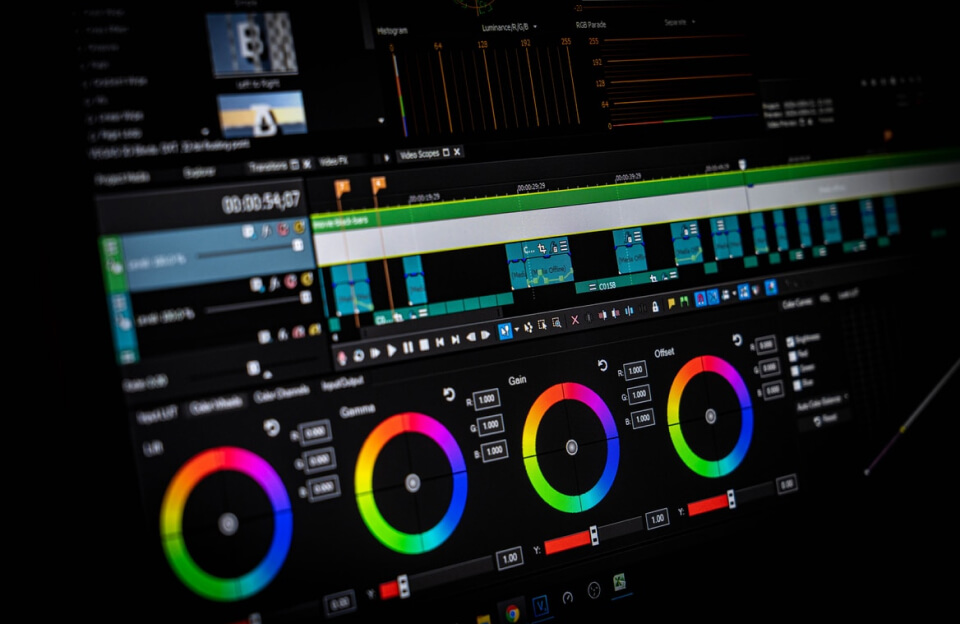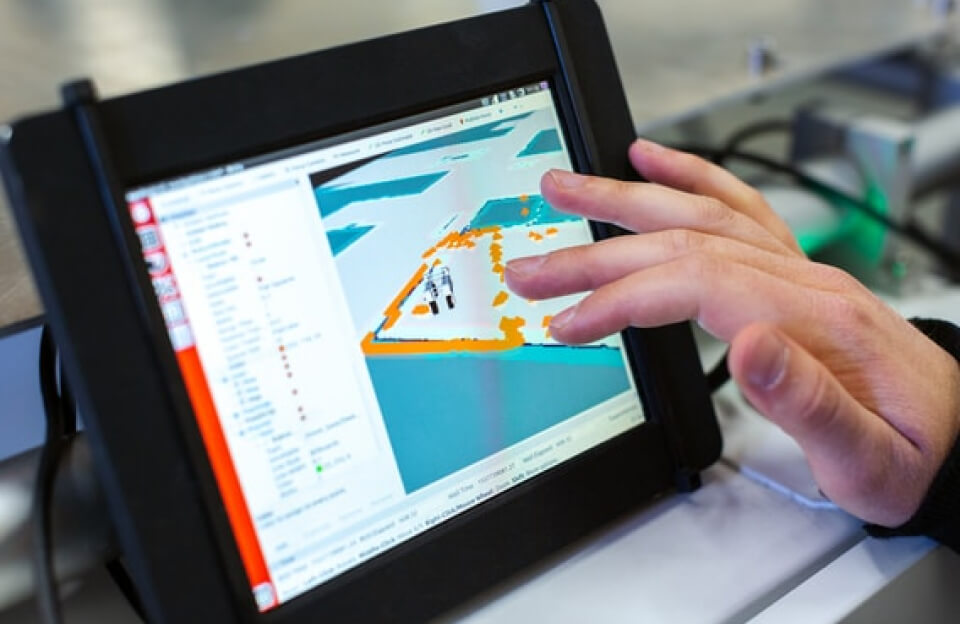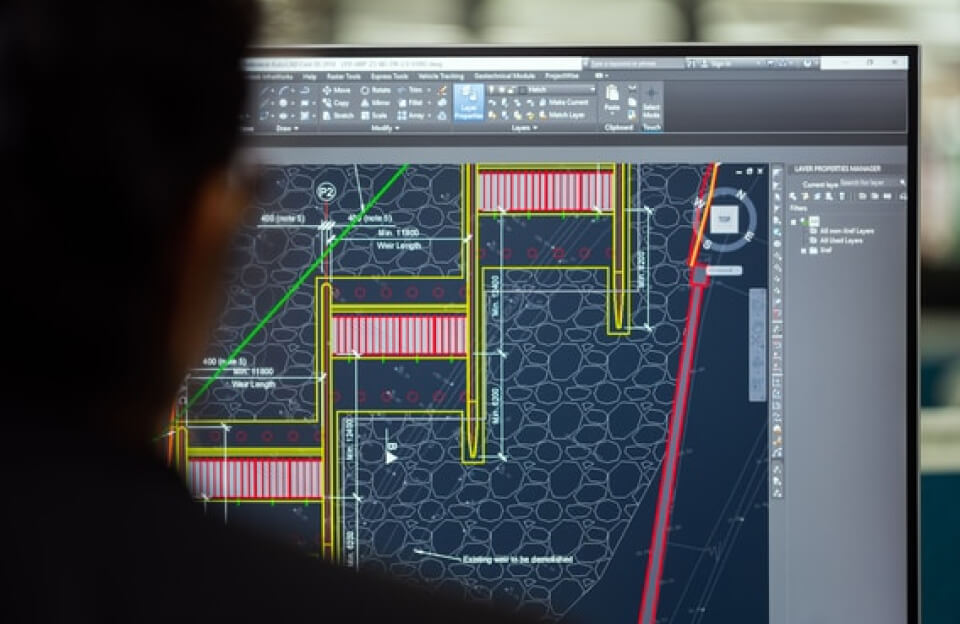When we wake under city lights, take a quick shower, or scroll through stats—are we facing facts or avoiding reality?
💧 Water Scarcity: Even Showers Shape Our Future
Every drop counts—literally. In regions like Kenya and India, nomadic families trek miles daily for water. A recent UNICEF report showed that 40% of children under five suffer from waterborne illnesses, rooted in climate-driven droughts and dwindling groundwater.¹
“When we bathe, think of those who walk for water,” a Maasai mother told journalists near Laikipia, Kenya. Their toddler, already frail, caught a preventable infection.²
⚡ Energy Use: Built-In Warnings
Yes, electricity powers our lives—but the source matters. A new IEA study reports that 60% of electricity generated in 2024 still came from fossil fuels, driving temperature rise.³
We leave lights on all night, unaware our grid might be burning coal to keep us comfortable. We are both the problem—and the solution.
📊 Data: A Double-Edged Sword
Data is our modern toolbox. Smart meters show water use per capita. Satellite feeds reveal deforestation. Climate models help us plan for floods.
But the truth is often buried in incomplete or inaccessible datasets. Governments own weather stations; nomadic routes go untracked. Scratch beneath the surface, and critical local signals go unnoticed.⁴
Even meteorological models miss micro-climates—valleys or highlands where babies are at risk and nomads depend on seasonal rains.
👶 Stories That Matter
- In Pakistan’s Sindh region, a newborn died because canal-fed fields dried early, leaving no water for textiles or fields—and families had to walk 20 km.
- In Mongolia, Gobi Desert nomads report their children breath dust all day. One father said, “My daughter’s cough is the wind’s echo.”
These aren’t statistics—they’re falling water levels and rising temperatures at the scale of human hearts.
🔥 Data Pollution: The Hidden Threat
Data isn’t neutral. Biased datasets—flying over urban centers but ignoring peripheries—treat symptoms, not causes.
Manual meter reading in Nairobi rarely captures informal settlements. The global north speaks in megatons, while families in the global south think in barrels of water.
“We drink satellite data, but we often forget to feel the ground beneath our feet.”
🌱 Hope: Data That Heals
What if data enlightened us instead of obscuring? Some hopeful trends:
- Citizen weather stations from farmers in India feeding free platforms like Open Weather Map
- Crowdsourced water-level apps in Africa, blending satellite readings with local reports
- Smart irrigation, cutting agricultural water use by 40% in California—pets, plants, and deserts thank us
✅ Final Thought
We are technocrats of the modern era. But the power lies not in owning data—it’s in sharing responsibly.
The next time you shower, leave a light on, or drink a glass of water, remember:
We are the starting point of problem—and solution.
Let’s hope data will enlighten us—not hide us—in shaping a climate-ready world.
Sources
- UNICEF: Waterborne illness impact on children under 5.
- Field report, Kenya Laikipia region, 2024.
- IEA Energy Outlook 2024: 60% fossil energy in electricity mix.
- Analysis of climate-data gaps in developing micro-climates.
Sources



